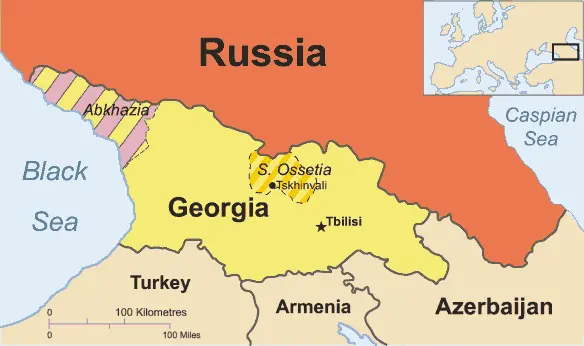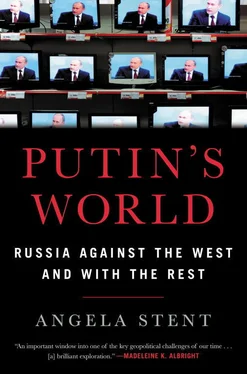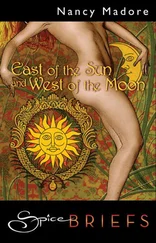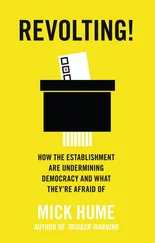Shortly before Putin was to board his plane, EU high representative Javier Solana called President Voronin with a blunt message: “If you sign this memorandum, you can say goodbye to your hopes for European integration.” Hours of frenzied negotiations trying to salvage the agreement followed, but in the end, Voronin called Putin to say he would not sign. Dmitry Kozak, author of the memorandum, denounced Voronin’s “political irresponsibility,” and Putin was reportedly furious and accused George Bush personally of derailing the settlement. The failure of the Kozak Memorandum reinforced Putin’s belief that the West was directly competing with Russia for influence in the near abroad and that this was indeed a zero-sum game to which Russia had to respond robustly. 34There was now no incentive to resolve the conflict. 35
Since 2003, the Kremlin has pursued a two-pronged policy. It supports the Transnistrian government in Tiraspol and maintains an active military presence there. But Russia has not recognized Transnistria’s independence, nor has it responded positively to its requests to become part of the Russian Federation. Its real aim is to maintain and solidify its influence in the breakaway region as a source of leverage over Moldova.
In 2014, Moldova resisted Russian pressure and signed a Deep and Comprehensive Free Trade Agreement (DCFTA) with the EU. In 2016, Transnistria joined the agreement and benefits economically from it. Moldova also cooperates closely with NATO, although membership has never been officially on the table. Still, the Kremlin remains concerned about Moldova’s future direction. Russia has benefited from persistent governmental dysfunction and ongoing corruption scandals in Moldova, including the disappearance of $1 billion from three Moldovan banks, representing 12 percent of the country’s GDP. 36As a result of continuous political turmoil, Igor Dodon—an academic turned politician—was elected president in 2016, promising to clean up corruption and move Moldova closer to Russia, as he told Putin in Saint Petersburg. He has proposed reviving the idea of a federal state and granting special status to Transnistria similar to what Russia and the separatists in Ukraine are demanding for Luhansk and Donetsk: a People’s Republic. Some question whether Moldova is seriously interested in reintegrating Transnistria, with all its economic problems. Meanwhile, Putin will no doubt continue to encourage Dodon to move his country closer to Russia.
Georgia’s Abkhazia and South Ossetia
The final two frozen conflicts—Abkhazia and South Ossetia—are no longer frozen, inasmuch as Russia has recognized them as independent states after defeating Georgia in a brief war and has signed alliance treaties with both of them. In the Soviet period, both regions were part of the Georgian Soviet Socialist Republic and opposed Georgian domination, while the Georgians resented Russian domination. The Abkhaz are divided between Orthodox Christians and Muslims. The Ossetians are predominantly Christian with a Muslim minority. To complicate matters further, ethnic Ossetians are divided between the republic of North Ossetia, which is part of the Russian Federation and in which 450,000 Ossetians live, and South Ossetia, where 65,000 live (out of a total population of 98,000). 37As the USSR disintegrated, both Abkhazia and South Ossetia sought independence from Georgia and were engaged in civil wars with the new leaders in Tbilisi. When the fighting was over, 250,000 Georgians had been ethnically cleansed from Abkhazia, and Russian peacekeeping troops remained in both areas. In both wars, Russia played an ambiguous role, alternately supporting different sides during a period when the Yeltsin government was not in full control of its military. Fighting would periodically erupt in both regions, but they remained under nominal Georgian control. And then came the 2003 Rose Revolution and Mikheil Saakashvili.

Eduard Shevardnadze, Gorbachev’s foreign minister, had ruled Georgia since the end of the civil wars. Greatly admired in the West for his role in ending the Cold War, he was increasingly unpopular in his own country with its dysfunctional political system. Georgia had become a weak and corrupt state. Younger Georgians chafed under his leadership, and in November 2003, a falsified parliamentary election brought protestors into the streets, and Shevardnadze had to flee. The new president, Mikheil Saakashvili, was tall, charismatic, and eloquent in several languages, having been educated in Ukraine and the United States. A Clinton administration official who became his staunch advocate described him as “flamboyant, brash—a swashbuckling figure in a region that had produced a disproportionate share of bigger-than-life personalities.” 38
This was the first of the color revolutions in the post-Soviet space, and its implications were not lost on Putin: a disgruntled populace, incensed about corruption, repression, and falsified elections, had deposed an unpopular leader. Nevertheless, Putin initially tried to work with Saakashvili, although Saakashvili was unwilling to show the Russian president the respect he felt he deserved. Relations soon began to fray as Saakashvili cultivated close ties with George W. Bush, sought integration with the EU, advocated Georgia joining NATO, and pledged to regain control over South Ossetia and Abkhazia. It did not help that he was known to have referred to Putin as “Lilli-putin,” an unflattering reference to the Russian leader’s height compared to his own. 39
The Russia-Georgia relationship deteriorated rapidly after Saakashvili abruptly and publicly expelled Russian spies in 2006. Russia imposed a ban on imports of Georgian wine and mineral water for “sanitary” reasons, and they suddenly disappeared from Russian stores. Military tensions between the two countries increased in the summer of 2008. Headstrong and unrealistic about his ability to reunite Georgia and resist the Russians, Saakashvili ignored repeated warnings from George W. Bush, Condoleezza Rice, and EU leaders not to act recklessly. But others in Washington, including in the office of Vice President Cheney, sent contradictory messages, encouraging the man they considered the standard-bearer of freedom against Russia. On the night of August 7, 2008, Georgia launched a “massive artillery attack” against the South Ossetian capital of Tskhinvali, which killed Ossetians and the Russian forces protecting them. 40Russian troops then marched into South Ossetia from North Ossetia, and over the course of the next five days, 40,000 Russian troops entered Georgia. At the same time, Georgia was subject to a massive coordinated cyberattack that disabled all the major government and financial sites and obstructed the conduct of military operations. Although the Russian army’s equipment was antiquated—officers used cell phones to communicate with their men—the Russians soon overwhelmed the much weaker Georgian army.
French president Nicolas Sarkozy, representing the EU, came to negotiate a cease-fire with the Kremlin. The Russians left Saakashvili in office, but he was rejected by his disillusioned electorate in 2012, left Georgia under threat of arrest, and made his way to Ukraine after the ouster of Viktor Yanukovych, where Petro Poroshenko appointed him governor of the Odessa region. He then quarreled with Poroshenko, lost his Ukrainian citizenship, and sought political asylum in the Netherlands.
At the end of the war, the independence of Abkhazia and South Ossetia was recognized by Russia, followed by Nicaragua, Venezuela, Nauru, and Vanuatu. 41The former two have close ties to the Kremlin. The latter are tiny, impoverished Pacific island nations that apparently were well compensated for their recognition. 42Not one other post-Soviet state followed suit, concerned about the precedent of rewarding ethnic separatist groups for their own country. Russia now occupies 20 percent of Georgian territory. This was the first time Russia had broken its commitment to respect post-Soviet borders, but the Kremlin blamed the West for the war. As Putin later said, “[Saakashvili] would never be bold enough to do that on his own. In any case, no one tried to stop him.” 43Putin justified Russia’s actions in the name of self-determination, invoking the Kosovo precedent, even though the parallels were questionable. Russia has been in violation of the Sarkozy-brokered peace agreement since the day after its signing. It has moved the Russian border further into South Ossetia, encroaching even more on Georgian territory, and thereby taking over parts of the Baku-Supsa oil pipeline, which transports oil from Baku through the Georgian Black Sea port of Supsa to Europe. 44
Читать дальше













